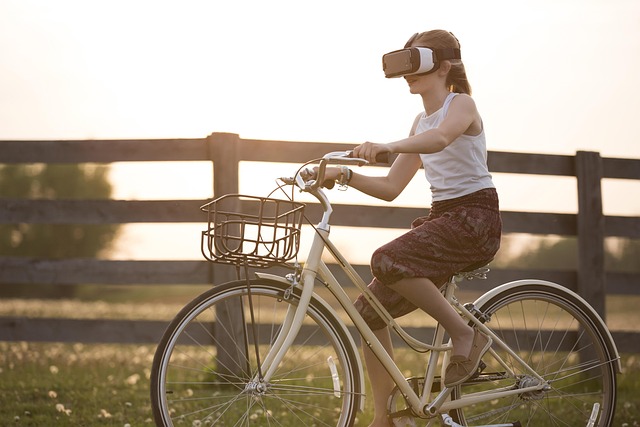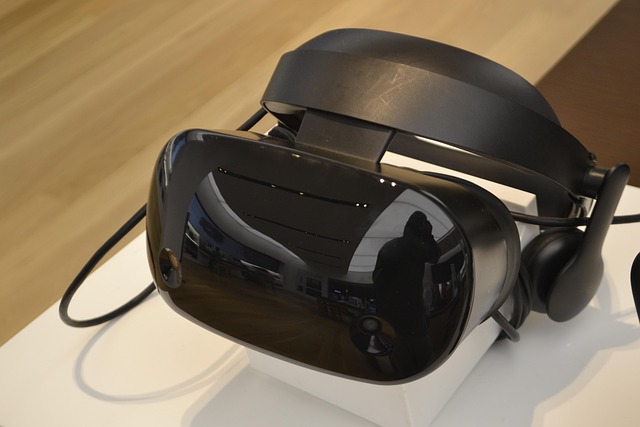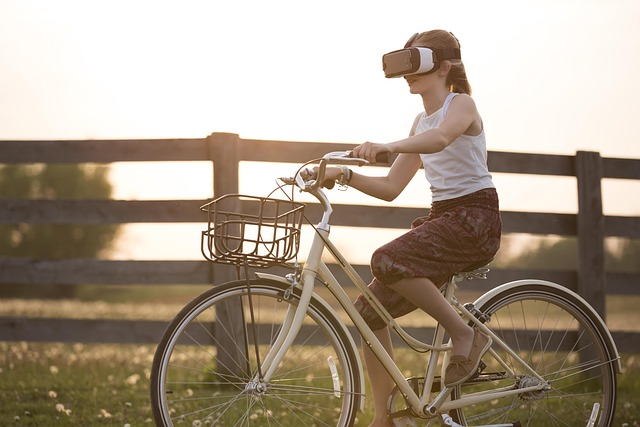Exploring the Metaverse: The Future of Virtual Reality Gaming
In recent years, the worlds of virtual reality (VR) and augmented reality (AR) have merged into a fascinating realm known as the metaverse. This virtual reality environment is no longer just a futuristic concept; it’s quickly becoming a tangible part of our everyday lives. Imagine stepping into a world where the boundaries between the real and digital blur, offering endless possibilities for gaming, socializing, and exploration.
The evolution of virtual reality has unlocked the doors to deeply immersive experiences, where players can engage in environments that submerge them fully within the game’s universe. As we dive deeper into these experiences, the importance of creating a rich, interactive VR environment becomes paramount. The metaverse offers gamers the opportunity to embark on quests, challenge others in combat, or collaborate on projects in ways that feel incredibly real. It’s no wonder that the demand for more lifelike VR environments is on the rise.
As developers push the boundaries of technology, we’re witnessing remarkable advancements in graphics, interactivity, and realism. Games designed for virtual reality allow players not only to see but to feel the world around them, as haptic feedback systems simulate the sensation of movement and impact. Imagine swinging a sword in a virtual medieval kingdom and feeling the weight of it in your hand! This level of engagement transforms the gaming experience, making it not just about gameplay but also about embarking on personal journeys within these rich, immersive landscapes.
However, the metaverse isn’t just about escaping the real world; it incorporates aspects of augmented reality as well, merging real and virtual elements into a single cohesive experience. Imagine walking down your street and having a digital layer overlaid on the physical world, enhancing your everyday environment with game-like quests and challenges. AR technology is paving the way for a new type of engagement that encourages players to explore their physical surroundings, making every visit to a local park or café an adventure.
The blend of virtual and augmented realities presents a significant opportunity for social interaction. In the metaverse, players can create avatars that represent their true selves, making them feel connected in ways that traditional gaming platforms have never achieved. Virtual gatherings, collaborative gameplay, and even virtual economies are all part of what makes this virtual reality environment so compelling. Friends can meet in a fully realized digital café, share a virtual meal, and chat as if they were sitting side by side, regardless of the physical distance that separates them.
As we stand on the brink of this digital frontier, it’s exciting to think about what the future holds for the metaverse. Will it become a second home for gamers, artists, and creators alike, or a space for new forms of interaction and expression? One thing is for sure: the possibilities are truly endless. With each advancement in technology, our virtual reality environment grows richer and more captivating, inviting us all to step into a world where our imaginations can roam free.




